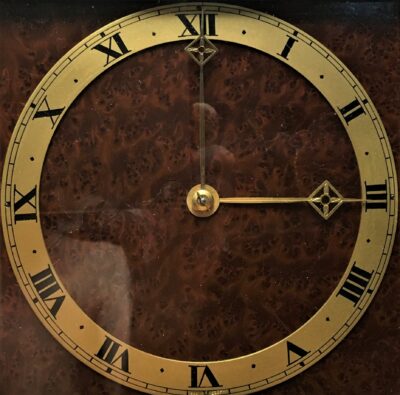Last Update: 08-23-2022 @ 03:09
4.10 – Periods and Styles
The tenth point of view of the taxonomy distinguishes old clocks by their periods and styles. I have not found any references on the web or relevant books that classify clocks according to the classic categories of styles, as can be done in architecture, art, or furniture. But there is abundant documentation for architecture and furniture that helped. In my experience, it seems that in the field of clocks, artisans, and subsequently, manufacturers, borrowed heavily from the styles in vogue to meet their customers’ tastes. These styles were not necessarily one of the periods in which they lived. It is sometimes challenging to attribute a precise style to a clock. One must then rely on the period.
Therefore, it is essential to distinguish between Periods and Styles when classifying old clocks or any old objects or furniture. Sometimes the two coincide; often, they do not. Thus, antique objects, furnishings, or old-style clocks may have been manufactured in a period following the emergence of a style itself. Be careful because cannibalized copies and reproductions of clocks are present in the market. It is sometimes difficult to do both when it comes to dating a clock and defining its style. If you can put an approximate or precise date on a clock, do not hesitate to associate it with the corresponding period. The style corresponds to the period; name it by its style. If not, indicate the period only.
You will find a distinction between antique and vintage in the following subsections. Then I present a table of the major periods of history in the most important countries: Germany, France, Great Britain, United States. With their international prestige, these countries have influenced the styles of all eras. I added Canada. You suspect why! Finally, you will find a table of the major styles.
- 4.10.1 – Antique vs Vintage
- 4.10.2 – Historical Periods
- 4.10.3 – Styles


